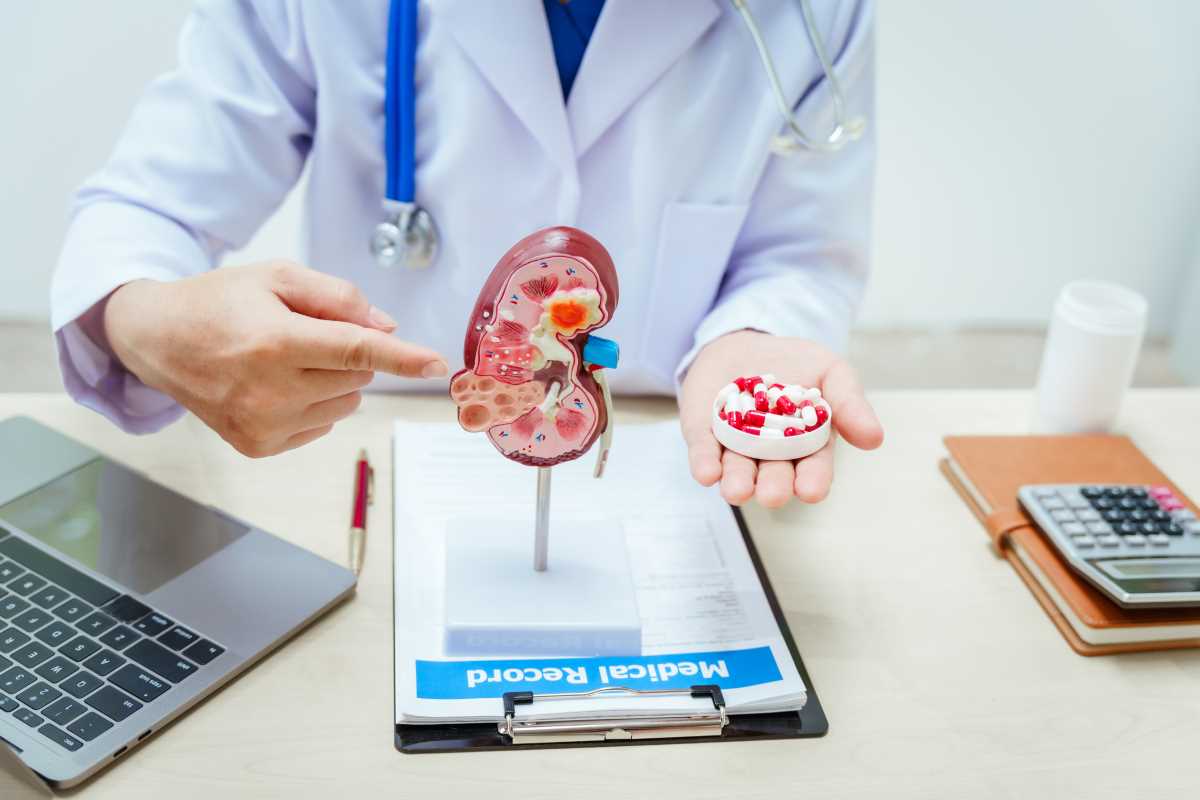Antibiotic resistance is one of the most pressing challenges facing modern medicine today. Once hailed as “miracle drugs,” antibiotics have saved countless lives by treating bacterial infections effectively. However, the misuse and overuse of these life-saving drugs have led to the evolution of resistant strains of bacteria, rendering many treatments less effective or, in some cases, completely useless. This rising issue not only threatens the ability to treat common infections but also poses a serious danger to global public health, requiring immediate and coordinated action.
What is Antibiotic Resistance?
Antibiotics are designed to kill bacteria or stop their growth. However, bacteria are highly adaptive organisms. Over time, through mutation or by acquiring resistance genes from other bacteria, they develop ways to withstand the effects of antibiotics. This phenomenon is known as antibiotic resistance. Resistant bacteria continue to multiply even in the presence of antibiotics, making infections harder to treat and increasing the risk of severe complications.
Causes of Antibiotic Resistance
The rise in antibiotic resistance can largely be attributed to human behavior and practices. Several factors contribute to this alarming trend, including:
- Misuse and Overuse of Antibiotics: Antibiotics are often prescribed for inappropriate reasons, such as treating viral infections like the common cold or flu, for which they are ineffective. Similarly, patients may fail to complete their prescribed course of antibiotics, allowing bacteria to survive and develop resistance.
- Agricultural Practices: Antibiotics are frequently used in agriculture, especially in livestock farming, to promote growth and prevent disease among animals. These practices contribute to the proliferation of resistant bacteria, which can spread to humans through food, water, or environmental exposure.
- Lack of Regulation: In many parts of the world, antibiotics can be purchased without a prescription. This lack of regulation increases their improper use, further accelerating resistance.
- Poor Infection Control: Weak infection prevention measures in healthcare facilities can allow resistant bacteria to spread rapidly. Patients in hospitals and nursing homes, who are already vulnerable, are particularly at risk.
Consequences of Antibiotic Resistance
The consequences of antibiotic resistance are far-reaching and touch nearly every aspect of healthcare.
- Difficulty Treating Common Conditions: Once-simple infections, such as urinary tract infections (UTIs), pneumonia, or bloodstream infections, are becoming harder to treat. Common antibiotics that used to work effectively are losing their ability to combat these infections.
- Higher Healthcare Costs: Treating resistant infections often requires longer hospital stays, more expensive drugs, and additional medical interventions. For example, infections caused by multidrug-resistant bacteria, such as MRSA (methicillin-resistant Staphylococcus aureus), can be particularly difficult and costly to manage.
- Surgical and Medical Complications: Many modern medical procedures, such as organ transplants, chemotherapy, and joint replacements, rely on effective antibiotics to prevent post-operative infections. The rise in resistance jeopardizes the safety and success rates of these treatments.
- Global Health Threats: Resistant infections don’t respect borders. International travel, trade, and migration mean that resistant bacteria can spread quickly between countries, making this a global problem requiring global solutions.
Examples That Highlight the Problem
Several resistant bacterial strains are already posing significant challenges to healthcare systems worldwide. One example is carbapenem-resistant Enterobacteriaceae (CRE), often referred to as a "superbug" due to its high level of resistance to most antibiotics. CRE infections have a high mortality rate, particularly among critically ill patients.
Similarly, Neisseria gonorrhoeae, the bacterium responsible for gonorrhea, is becoming increasingly resistant to the last line of antibiotics used to treat it. The World Health Organization (WHO) has labeled antibiotic resistance as one of the top threats to global health, underscoring the urgency of addressing the issue.
Combating Antibiotic Resistance
While the problem of antibiotic resistance is complex, there are actionable steps that healthcare providers, policymakers, and individuals can take to combat it effectively.
1. Promoting Appropriate Use of Antibiotics
Doctors and healthcare professionals play a critical role in prescribing antibiotics responsibly. Only prescribing them when absolutely necessary and ensuring the correct dosage and length of treatment can significantly reduce misuse. For patients, following the full course of antibiotics as prescribed is equally essential to prevent resistant bacteria from emerging.
2. Reinforcing Infection Prevention Practices
Strong infection control measures—such as proper hand hygiene, sterilization protocols, and isolation of infected patients in hospitals and clinics—are essential to limit the spread of resistant bacteria. Vaccination efforts are another powerful tool in preventing bacterial infections that require antibiotic treatment.
3. Investing in Research and Development
There is a pressing need for new antibiotics to combat resistant strains. However, the development of antibiotics is costly and time-consuming. Governments and organizations can incentivize pharmaceutical companies to invest in this critical research. Another promising area is the use of alternative treatments, such as bacteriophages (viruses that target bacteria) or enhancing the human immune response to fight bacterial infections.
4. Strengthening Surveillance
Monitoring antibiotic resistance patterns is crucial for understanding and combating its spread. Establishing global networks to share information on resistant infections can help coordinate responses more effectively.
5. Raising Awareness and Education
Public education campaigns can empower individuals to use antibiotics responsibly. Understanding when antibiotics are needed and the risks associated with misuse can go a long way in curbing unnecessary prescriptions and self-medication.
6. Regulating Antibiotic Use in Agriculture
Reducing the use of antibiotics in agriculture and promoting alternatives, such as improved animal husbandry practices, are essential parts of the solution. Stringent regulations and better oversight in this sector can help minimize the contribution of agricultural antibiotic use to resistance.
A Joint Effort to Protect the Future
Antibiotic resistance is a complex problem, but it is not insurmountable. By taking immediate action and adopting a multi-faceted approach, we can slow the spread of resistance and preserve the effectiveness of antibiotics for future generations.
 (Image via
(Image via





